1. Human error: Humans are not infallible; mistakes are an inevitable part of human lives. Similarly, in terms of technology, humans can make mistakes. Any human error can lead to a data loss, such as unknowing deletion of data from RAID, accidental installation, reformation of drives and arrays, incorrect placement of hard disks in the RAID array, etc. Hence, check twice and read about it thoroughly before formatting, deleting, or installing anything.
2. Physical error: Another important factor for RAID failure or inaccessibility is that RAID becomes inaccessible or server crashes due to multiple disk failures, bad sectors, RAID controller failure, etc. Sometimes server crashes may lead to data failure, or data may become undetectable.
3. Technical error: Along with human and physical error, a technical error is also an important factor to highlight while discussing RAID server crashes. For example, when viruses and malware continuously attack RAID servers, files and folders get corrupted or damaged, RAID and registry configuration issues arise, etc.
After knowing the cause of RAID failure, let’s put some light upon the preventive measure:
Avoid overwriting and reading.
Avoid fallacious installation
Avoid RAID partition reconfiguration.
Ensure proper place of drives in a RAID array
Always keep antivirus updates.
Ensure no power outage or interruption of power supply
Check twice before formatting or deleting Drive Data.
Always seek IT professional advice when multiple drives fail or become inaccessible.
Avoid DIY hacks and software; it may be a helpful but not yet proven method.
Avoid the process of rebuilding RAID where multiple drives failed.
Keep your data backup available; RAID System is not a backup, so the RAID should be protected against natural disasters or future mishaps.




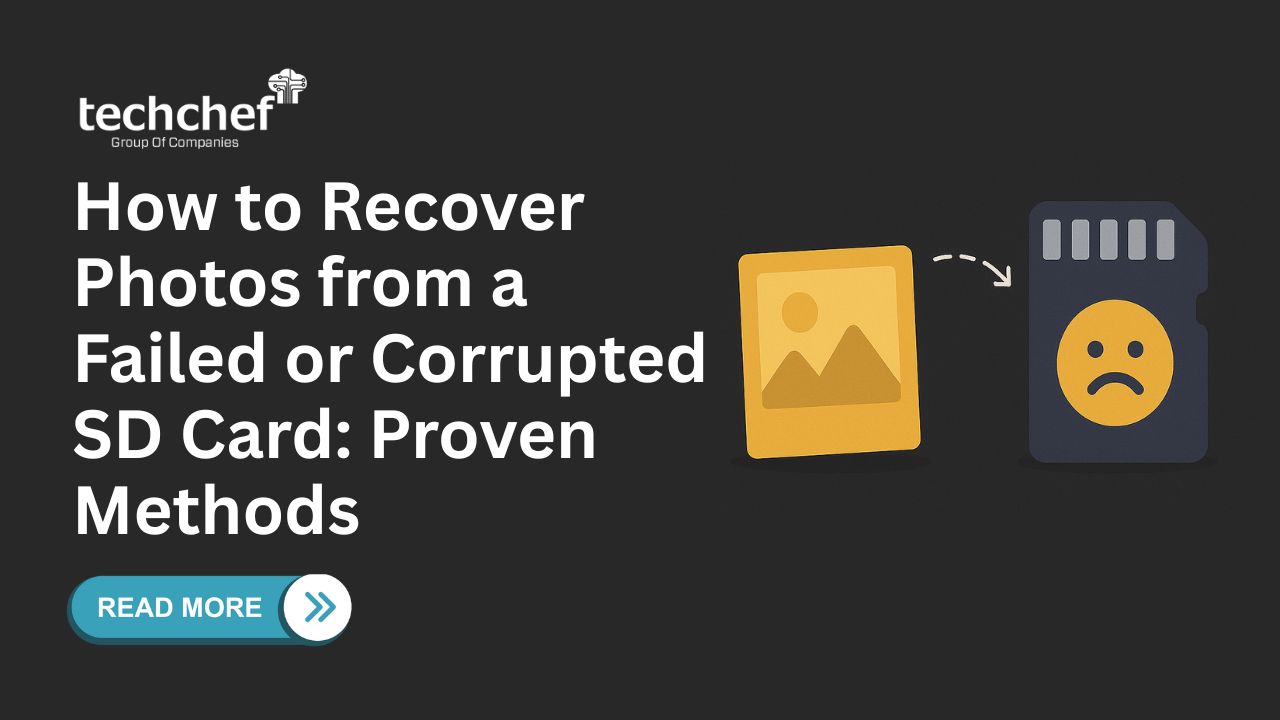
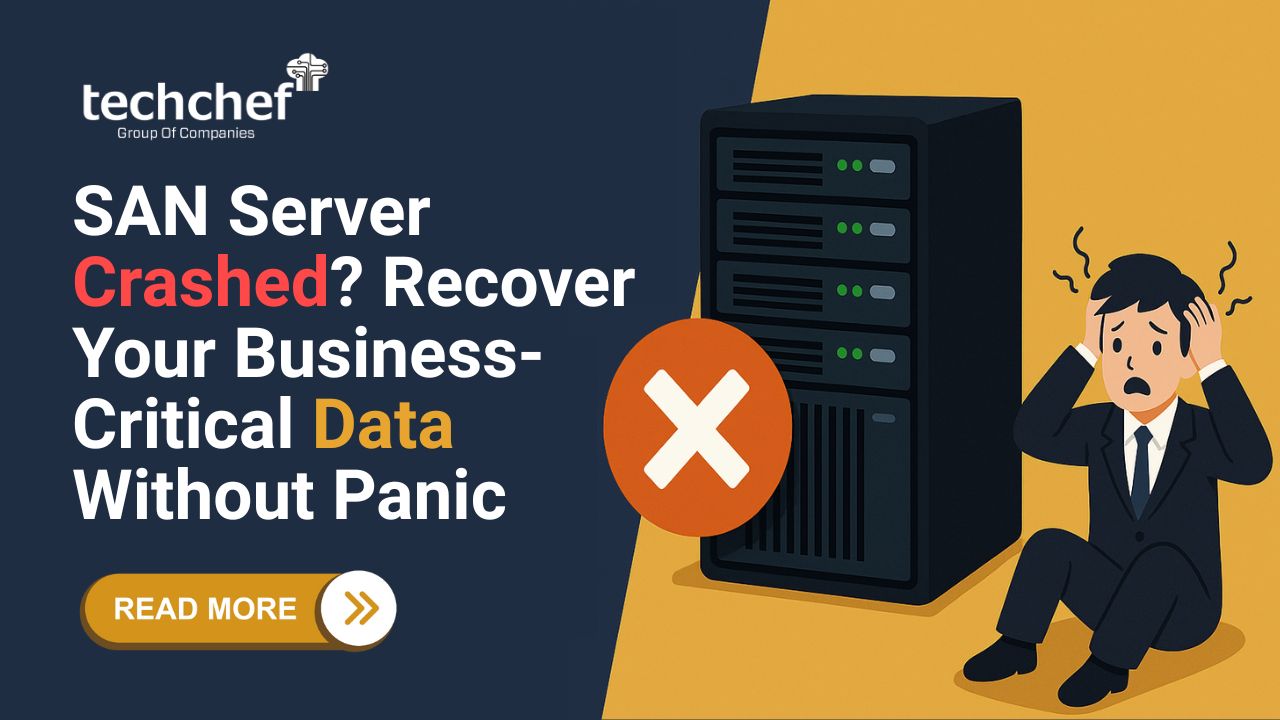
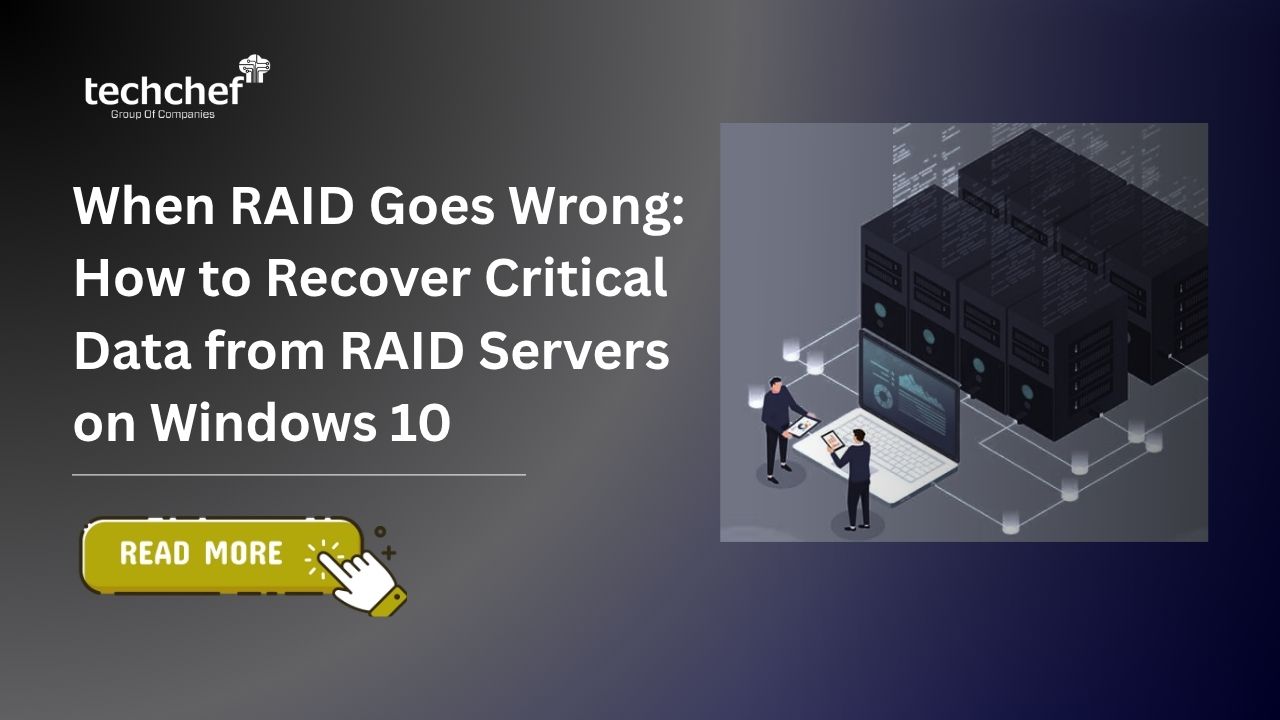

 How to Recover Data from Your MacBook Pro SSD Drive
How to Recover Data from Your MacBook Pro SSD Drive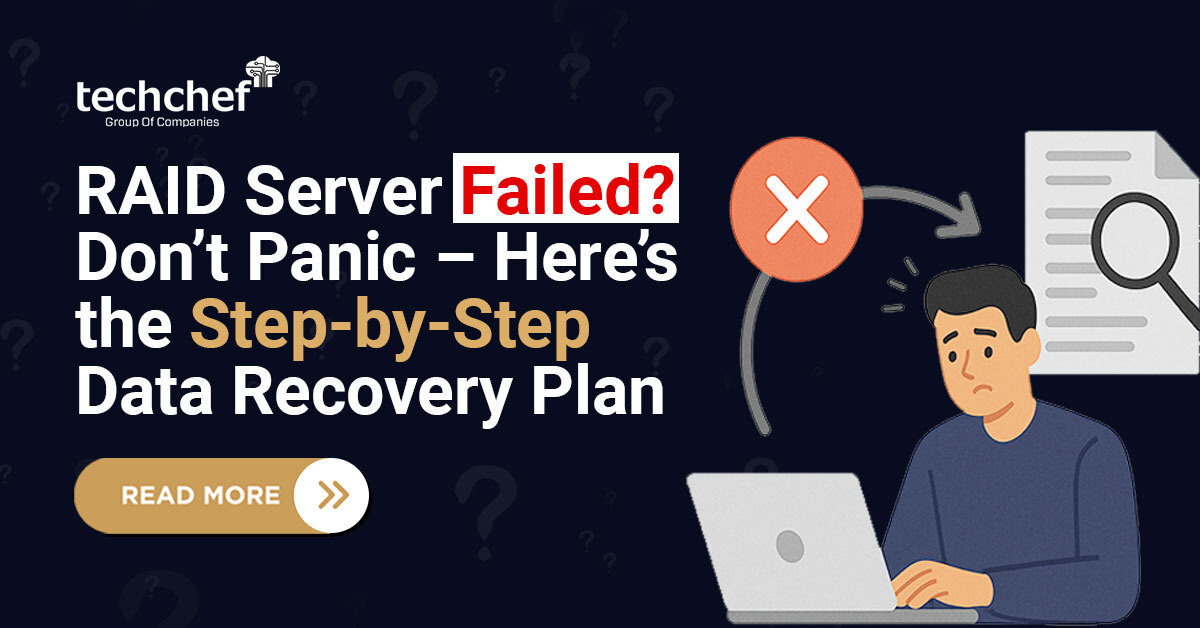
 RAID Server Failed? Don’t Panic – Here’s the Step-by-Step Data Recovery Plan
RAID Server Failed? Don’t Panic – Here’s the Step-by-Step Data Recovery Plan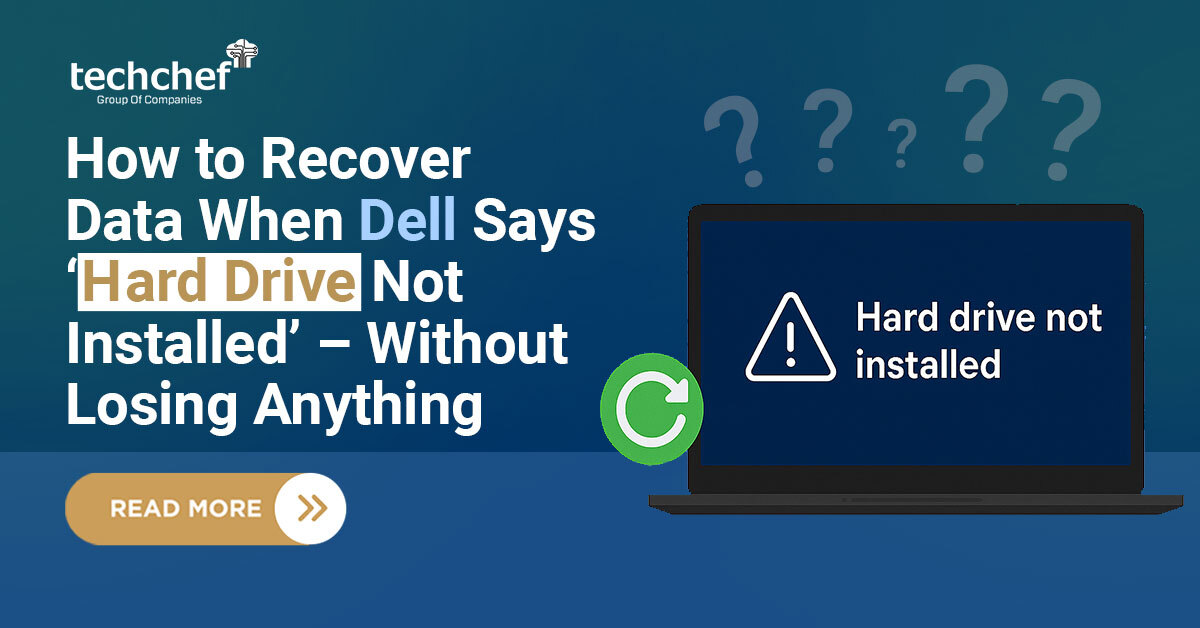
 How to Recover Data When Dell Says ‘Hard Drive Not Installed’ – Without Losing Anything
How to Recover Data When Dell Says ‘Hard Drive Not Installed’ – Without Losing Anything
